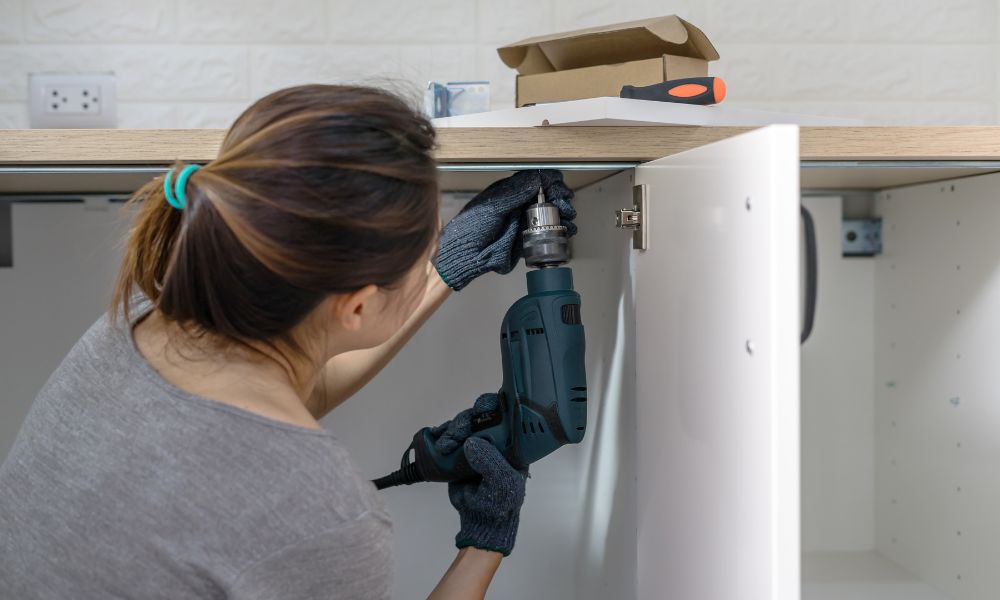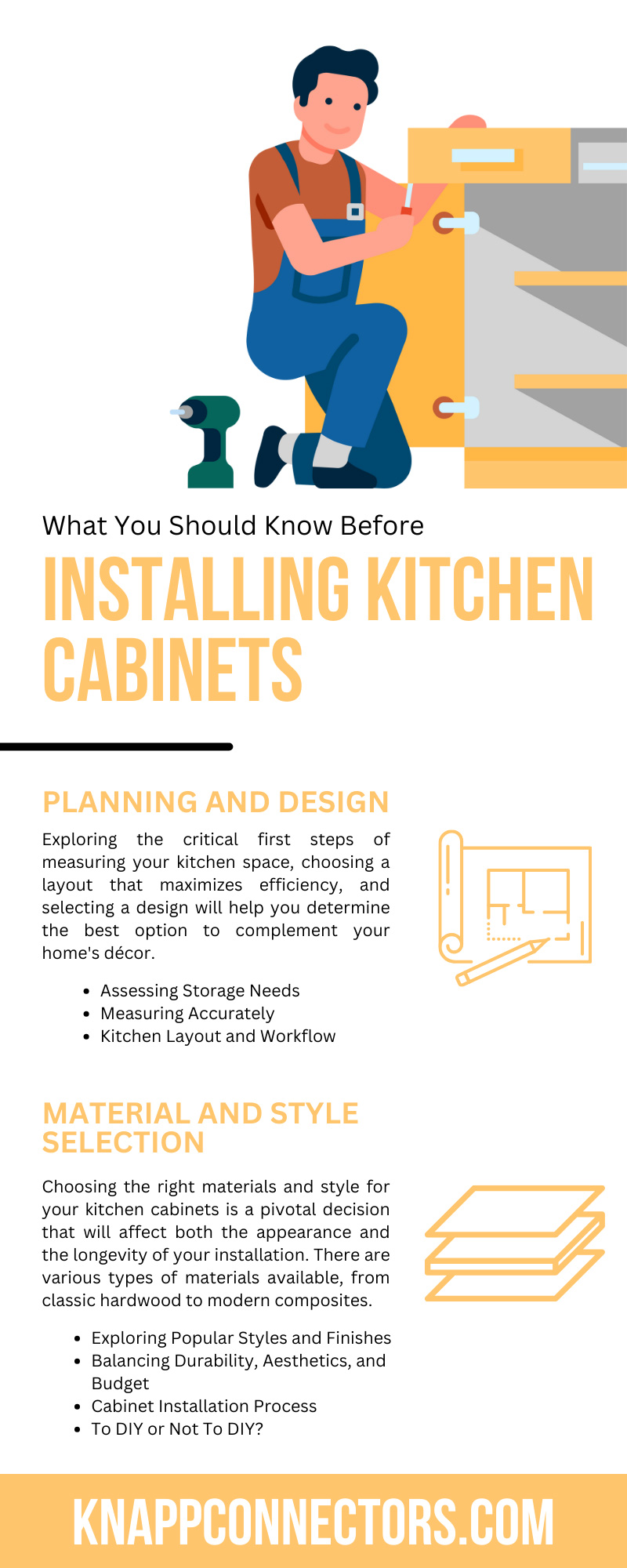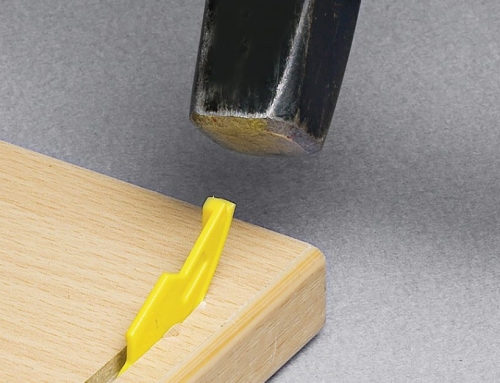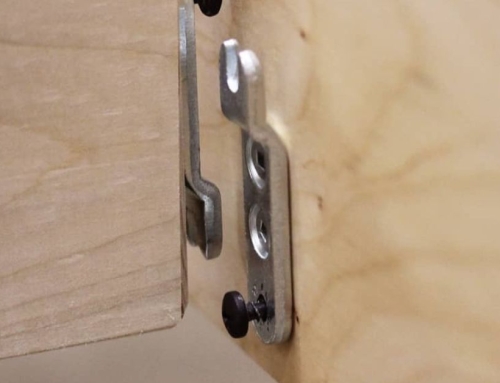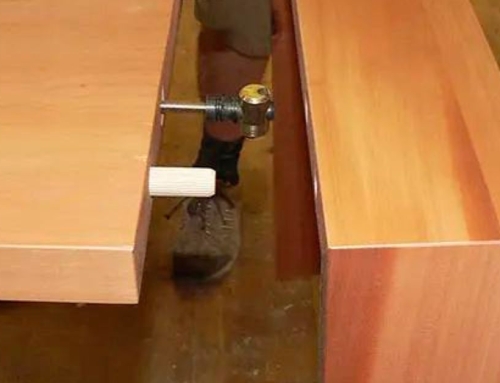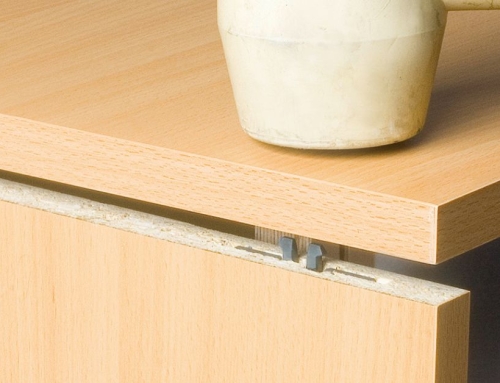The kitchen is often referred to as the heart of the home. Within this pivotal space, kitchen cabinets play a crucial role in both form and function, offering storage solutions while significantly contributing to the overall design aesthetic.
Whether you’re a homeowner looking to update your current kitchen or an interior designer seeking insights for your next project, understanding how to choose and install the right kitchen cabinets is essential.
To take your kitchen to the next level, here’s what you should know before installing kitchen cabinets.
Planning and Design
The foundation of any successful kitchen cabinet installation lies in meticulous planning and thoughtful design. It’s about more than just picking the right shades and materials—it’s about creating a harmonious balance between aesthetics and functionality.
Exploring the critical first steps of measuring your kitchen space, choosing a layout that maximizes efficiency, and selecting a design will help you determine the best option to complement your home’s décor. These preparatory actions will ensure that you’re not just installing cabinets but crafting a kitchen environment that reflects your lifestyle and meets your culinary needs.
Assessing Storage Needs
Storage in the kitchen is key. Begin by thoroughly evaluating your storage needs. This requires looking at your current setup and identifying any deficiencies. Consider your cooking habits, household size, and specific items that need storage. Will you need special cupboards for storing larger countertop appliances, airtight containers, or pots and pans? If so, make sure that you have enough cabinet space by measuring accurately.
Measuring Accurately
Precision is key when it comes to measuring new cabinets. Utilize accurate tools and techniques to measure the kitchen space, ensuring that every inch is accounted for. Even a slight miscalculation can result in ill-fitting cabinets that not only look out of place but also disrupt the functionality of your kitchen.
Kitchen Layout and Workflow
Your kitchen layout and your workflow are pivotal design components. The arrangement of cabinets should reflect and support the natural flow of work in the space. For instance, you’ll want to install a base cabinet near the stove for easy access to pots and pans. A well-thought-out design will optimize your kitchen for both aesthetics and functionality.
Material and Style Selection
Choosing the right materials and style for your kitchen cabinets is a pivotal decision that will affect both the appearance and the longevity of your installation. There are various types of materials available, from classic hardwood to modern composites.
The finishes you select can either enhance or detract from your overall kitchen design, so be careful to consider both the aesthetic appeal and the practical aspects of wear and tear. The materials and finishes must be in harmony with your lifestyle and the look you aim to achieve.
Exploring Popular Styles and Finishes
From classic Shaker designs to sleek flat-panel styles, the variety of cabinet designs can cater to any taste. Cabinet finishes also play a role in the longevity and beauty of your investment. Decide whether you prefer stained wood, painted surfaces, or natural wood grains.
Balancing Durability, Aesthetics, and Budget
As with any home improvement project, your budget is a substantial factor. Aim for a balance between the durability of materials, the aesthetic appeal of the cabinets, and what you can afford. Remember that while it’s tempting to cut corners on costs, quality cabinets can be a sound investment that adds value to your home in the long run.
Cabinet Installation Process
Proper installation of kitchen cabinets can make all the difference in achieving a polished, professional look and ensuring their longevity and functionality. Attention to detail during the installation is crucial as it impacts not only the aesthetics but also the structural integrity and usability of your cabinetry.
Whether you’re doing it yourself or overseeing the work of professionals, understanding the ins and outs of cabinet installation will help you ensure a smooth, successful outcome for your kitchen renovation.
To DIY or Not To DIY?
Deciding who will carry out the cabinet installation is a significant decision. DIY projects can be rewarding, but they require skill and time. Professionals, on the other hand, bring expertise and efficiency, but at a higher cost than doing it yourself. Assess your comfort level with tools and construction, as well as the complexity of the project, before making your choice.
Optimizing Storage and Organization
The organization should be at the forefront of your cabinet design. Utilize every inch, including corner spaces, with clever storage solutions such as lazy Susans, pull-out drawers, and hanging racks. An organized kitchen is a joy to work in and can save time during meal preparation.
Making the Most of Your Kitchen Space
Maximizing kitchen space is essential, especially in smaller homes or apartments. Start by taking advantage of vertical space—install cabinets up to the ceiling to create more storage and reduce clutter on countertops.
Include options for stackable shelving inside the cabinets to organize items more efficiently. It would be best if you also considered integrating space-saving features such as toe-kick drawers and utilizing the insides of cabinet doors with racks for lids and cutting boards that can provide hidden yet accessible storage solutions. Remember that the goal is to create a space that is both functional and aesthetically pleasing, so consider options that blend seamlessly with the design of your kitchen.
Maintenance and Care
Regular cleaning is essential to maintain the beauty of your cabinets. For wooden cabinets, a gentle cleansing solution of dish soap and warm water is ideal. Be sure to dry your cabinets immediately to prevent water damage.
Handling Issues
Over time, you may encounter scratches or water damage. For minor scratches, consider using professional-grade touch-up markers in a matching color to conceal imperfections. For more significant damage, such as warping from water, panels may need to be replaced or repaired by a professional.
Understanding what you should know before installing kitchen cabinets is vital in ensuring a successful project. Remember that thorough preparation can save you both time and money while resulting in a kitchen that not only looks good but also meets your functional needs. Choose only the best elements to complete your kitchen installation. Ready to transform your kitchen with reliable, premium cabinet fasteners from Knapp USA? Contact us today to take your kitchen to the next level!

